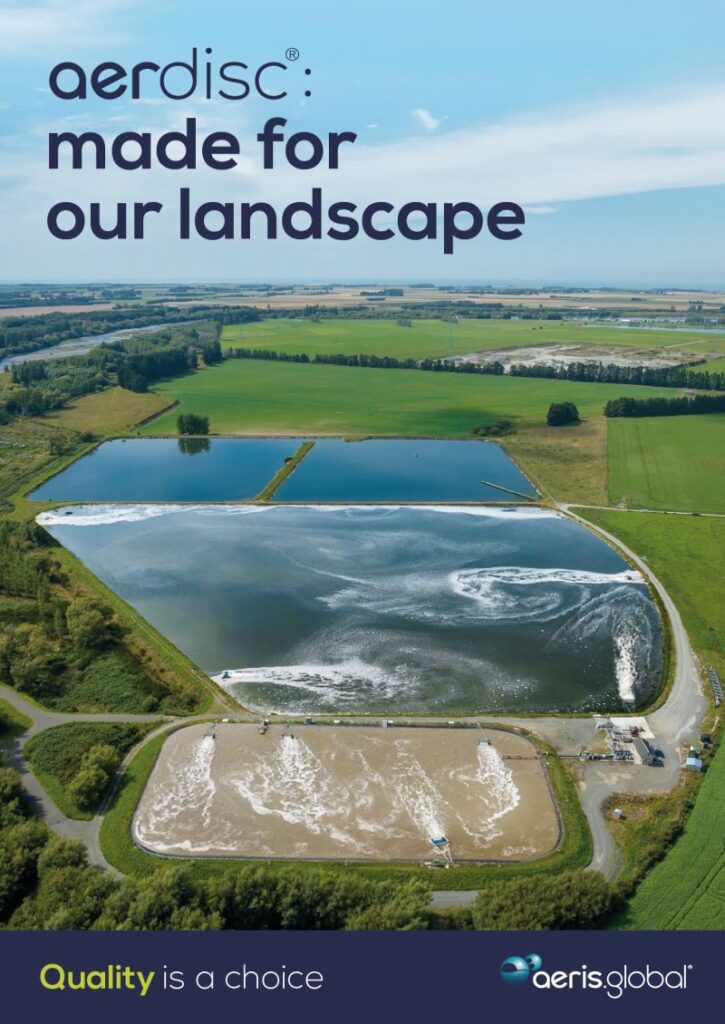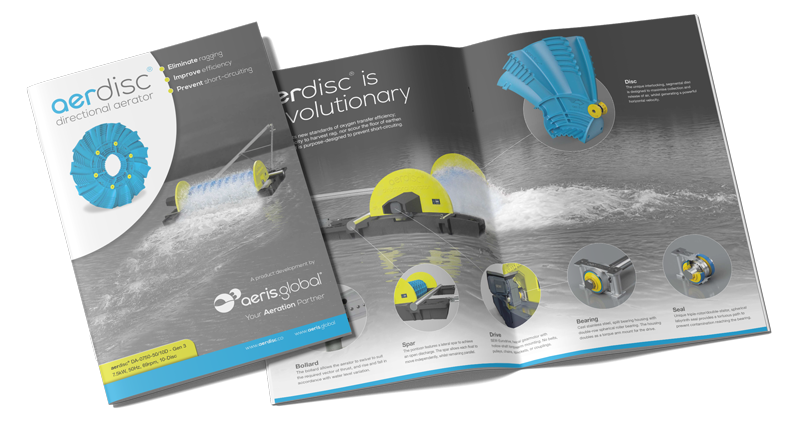Countries such as New Zealand and Australia have land, so we tend to construct horizontally, because it’s less expensive. Shallow, multi-hectare lagoons are commonplace for us. More densely populated countries prefer a smaller footprint so tend to construct vertically.
New Zealand has 330 council operated wastewater treatment plants and Australia has 720, giving a total of 1,050 plants.
Industrial wastewater treatment plants throughout the region greatly increase this number.
Many of these plants include lagoons, in some form, and many of those have an oxygen demand. This demand is met by natural and/or mechanical aeration. As flow and loadings increase, oxidation, stabilisation, and facultative lagoons are often converted from natural to mechanical aeration.
Most lagoons in New Zealand and Australia are earthen constructed with clay liners. However, an increasing number are constructed with membrane liners or retrofitted with membrane.
Often, the lagoons are unscreened, and many are laden with settled deposits. This is slowly changing in accordance with availability of funding for new headworks and regular sludge dredging.
To function and perform effectively in this environment an aerator must have high oxygen transfer efficiency; a strong horizontal discharge with a high pump rate to prevent short-circuiting, but with no risk of damaging fragile clay liners; the ability to operate in totally unscreened lagoons without ragging, even when overloaded with settled deposits.
aerdisc® was specifically developed by Aeris Global to fill the need for an efficient, shallow water directional aerator because little work had been done in this design space for decades.

